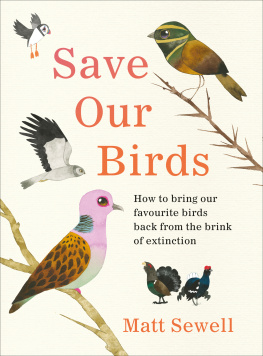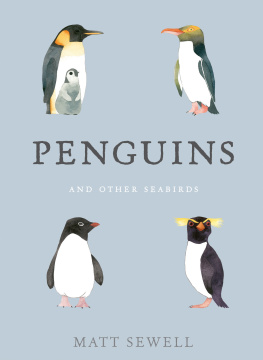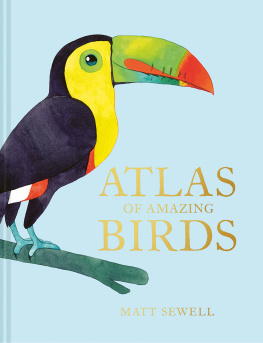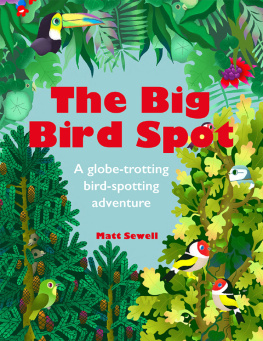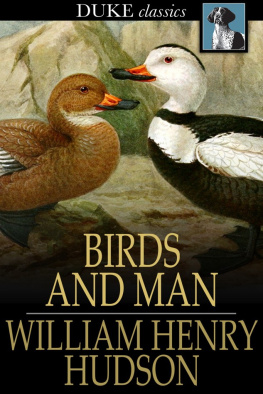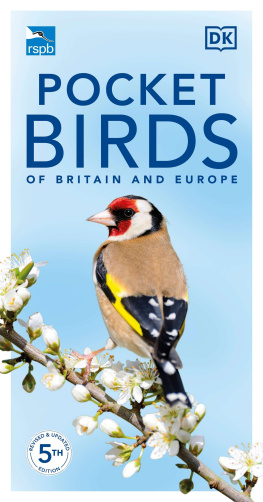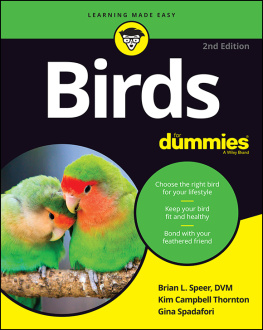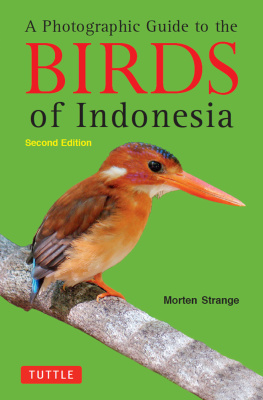
EBURY
UK | USA | Canada | Ireland | Australia
New Zealand | India | South Africa
Ebury is part of the Penguin Random House group of companies whose addresses can be found at global.penguinrandomhouse.com.

This edition first published by Ebury Press in 2021
Text and Illustrations Matt Sewell 2021
Design Two Associates 2021
Production: Sian Pratley
Editor: Camilla Ackley
The moral right of the author has been asserted
Cover Illustrations by Matt Sewell
Cover design by Two Associates
ISBN: 978-1-473-58348-1
This ebook is copyright material and must not be copied, reproduced, transferred, distributed, leased, licensed or publicly performed or used in any way except as specifically permitted in writing by the publishers, as allowed under the terms and conditions under which it was purchased or as strictly permitted by applicable copyright law. Any unauthorized distribution or use of this text may be a direct infringement of the authors and publishers rights and those responsible may be liable in law accordingly.
For Romy & Mae
FOREWORD
BY
MELISSA HARRISON
Imagine a garden entirely without birds. Imagine a whole street empty of them worse, a town with no spring nests or morning birdsong, no swifts or swallows overhead on hot days, its back-garden bird feeders entirely unvisited, and each trees welcoming cradle of branches vacant, untenanted, and still.
Actually, dont: its far too horrible. Nobody wants to live without birds, our lovely, feathered familiars since the dawn of humankind. Yet thats where we could be heading if we dont change course and soon.
Its a bit too much to think about, isnt it? Especially now. But the good news is this: not only can we turn things around by which I mean you, and you (and me!) but doing so is going to be loads of fun.
It all starts with curiosity: whats out there, and whats it up to? Whats it doing now, and why? In my experience, connecting with the natural world makes our world bigger and more beautiful more rewarding to be in, too.
Ive found that imaginatively enlarging our world to include our fellow creatures leads pleasurably and naturally to care and custodianship. This new thing I care about, we find ourselves thinking, what does it need? And how can I help?
Action born of love is joyful and easy; it rewards us tenfold and is never a drain. I hope this book will help you to really see the birds around you and more importantly, the ones that arent so that your own journey to custodianship can begin.
Melissa Harrison
INTRODUCTION
For those of us that love the natural world, the times we are currently living through can seem scary and bewildering. With news headlines spreading fear while mass protests and environmental movements appear to be doing little to incite real change, it can be hard not to feel overwhelmed and helpless. The concept of climate change can be difficult to fathom in Britain we can travel for miles and see green fields and woodland, birds in the trees and in the sky. But does this really provide us with the whole picture of what is happening on our watch?
Some of the UKs most iconic birds have recently been placed on The IUCNs Red List. This list was established in 1964 and has become the worlds most comprehensive source of information on the global extinction risk status of animals, plant species and fungi. The list currently includes species such as the Nightingale, Skylark, Curlew and House Sparrow. These amazing birds sit in uncomfortable proximity to other once plentiful, now threatened species, such as the Puffin, Lapwing, Turtle Dove, Yellowhammer and many, many more.
There are many complex reasons for the drastic fall in numbers of these listed UK species, but certainly one major contributing factor is habitat loss. However, comprehending the concept of habitat loss is not as straightforward. We can see that there are fields, trees and rivers what is less obvious is the loss of abundance of biodiversity, the loss of breeding grounds, and the absence of specific food which, alongside other hidden effects of climate change, are dramatically harming nature in our own countryside and even in our own backyards.
The good news is that there are many things we can do to help, and this book will hopefully be not only a celebration of the feathered friends that so desperately need our attention, but also a guide to how we can all help save our birds.
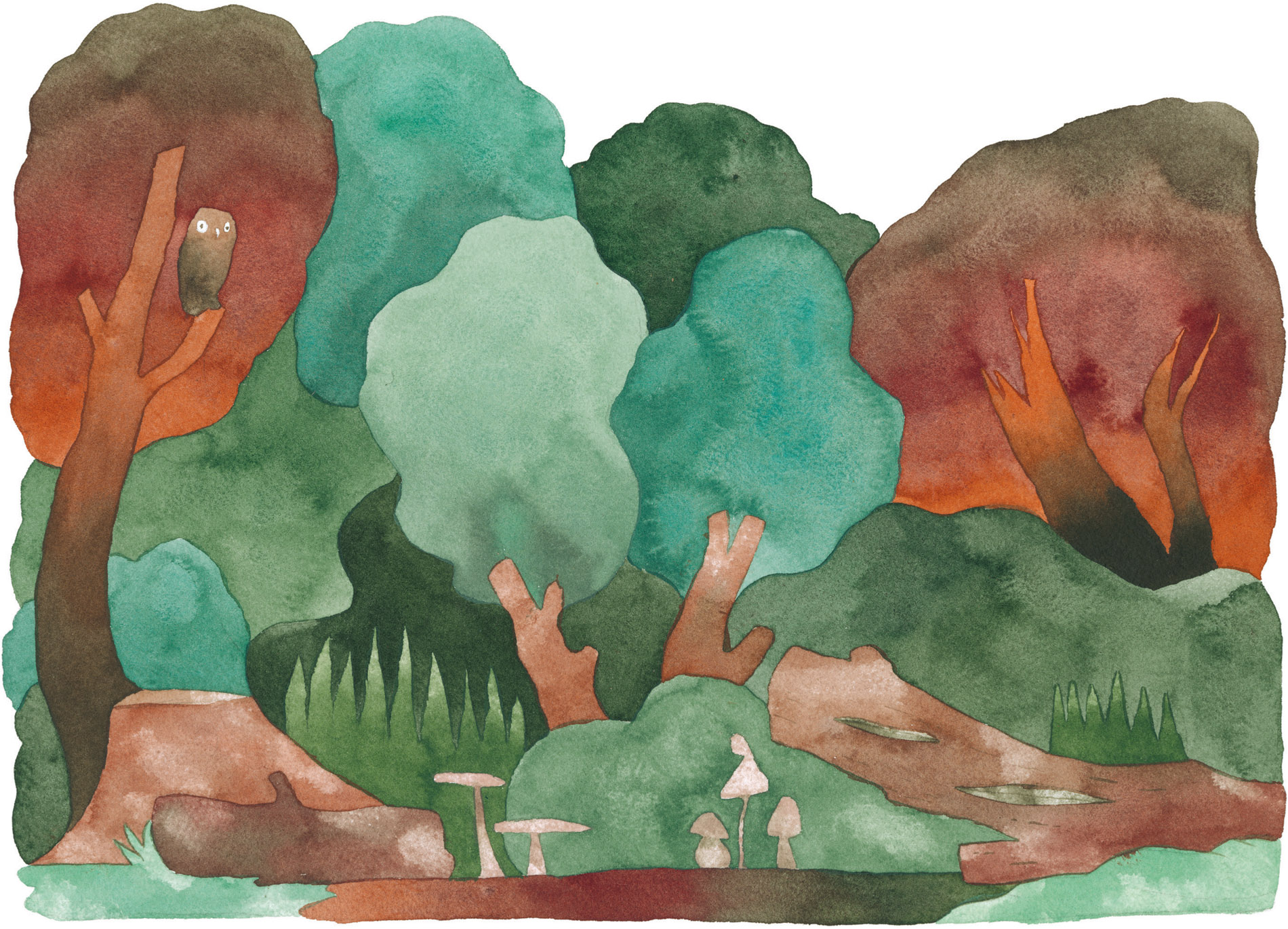
Chapter One
WOODLAND
For forest birds, an ancient woodland must feel like a city bursting with opportunities for the finest food; the best accommodation to meet all your individual requirements; and teeming with other feathered folk to sing to, including some to try your best to steer clear of. These woods are alive with the sound of birdsong, with the sweet harmonies of finch couples, the thick banter of a rookery, the spooky nocturnal calls of owls and the ever-present alarms of thrushes and tits. Birds feel as much a part of a forest as dead leaves, acorns, fungi and rope swings. But sadly, some woods are now deathly quiet that you can hear a pine needle drop. This is often due to the planting of fast-growing and often non-native conifer and pine trees. They might be perfect for timber production and cash turnover, but not quite so perfect for our birds that need the insects, nesting places and ecosystems that thrive in mixed and broad-leafed forests. Yes, we need more trees planted (in the right places!) but more importantly, we need to protect the ancient woodland that we already have, the citadels for our native birds.
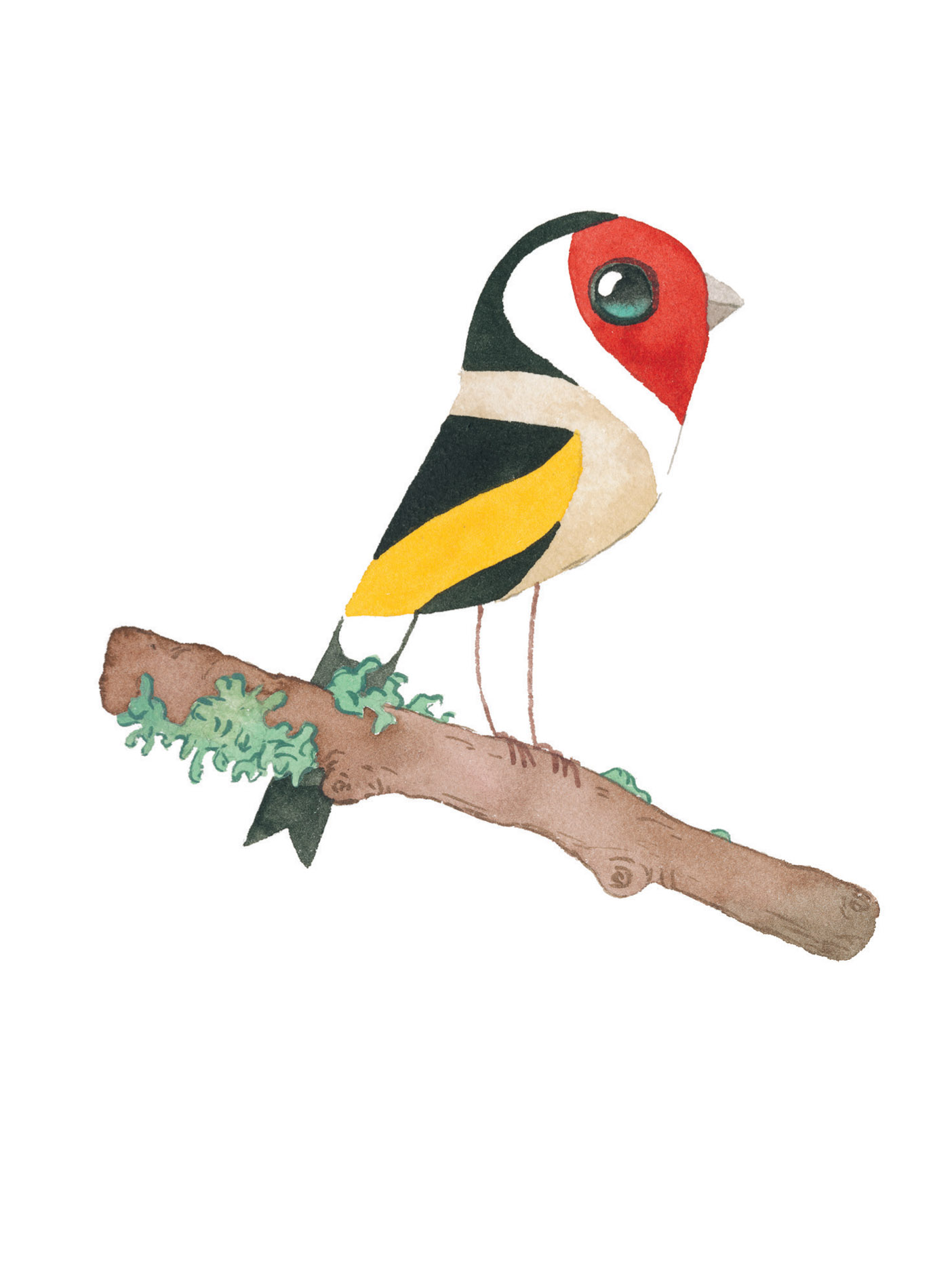
Nightingale
Luscinia megarhynchos

To catch the song of the Nightingale is a deep pleasure. Heard during the day the melody can easily be lost in the gossip of other small passerines and the woodland ambience surrounding it. But the song takes on a whole new feel when heard during the cover of darkness in woodland, when few other songbirds are up, as the melodic phrases are punctuated by the silence between verses, the song feels like an effervescent I am me, I am here, and I am free. Which, for quite an unenigmatic-looking bird, is a mighty chant. No wonder the Nightingale has been famed throughout Europe for centuries. Every summer our artiste travels all the way from West Africa to breed in the south of the UK, southern and central Europe but each year the numbers arriving get lower and lower. Our once insect-rich summers are a thing of the past due to pesticides and intensive farming practices, so why should our visitor extend its travel plans when there is simply nothing to eat here? Sadly, the Nightingale is now singing the blues as climate change is affecting their African wintering grounds too and throwing everything out of whack.
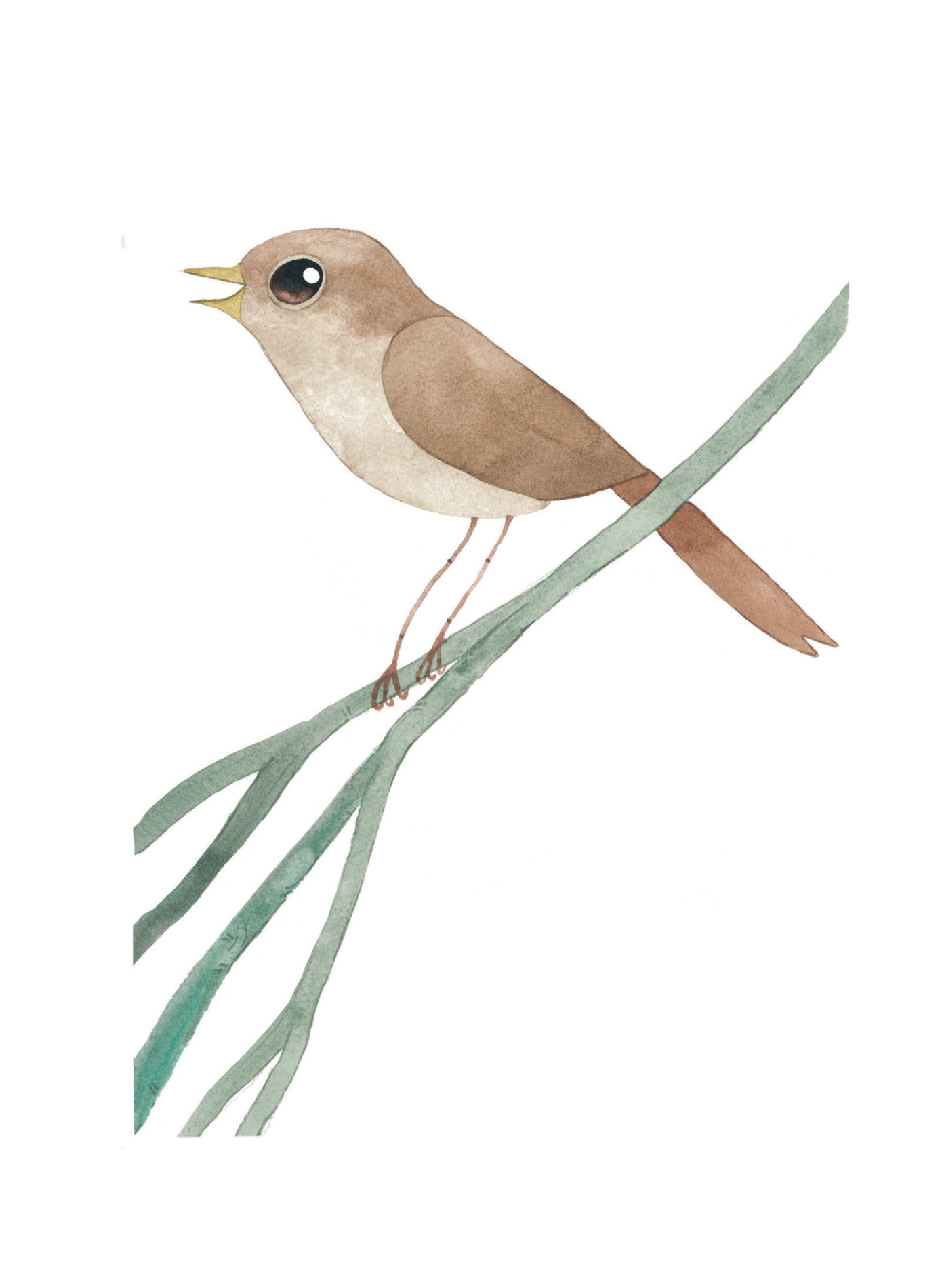 Next page
Next page
